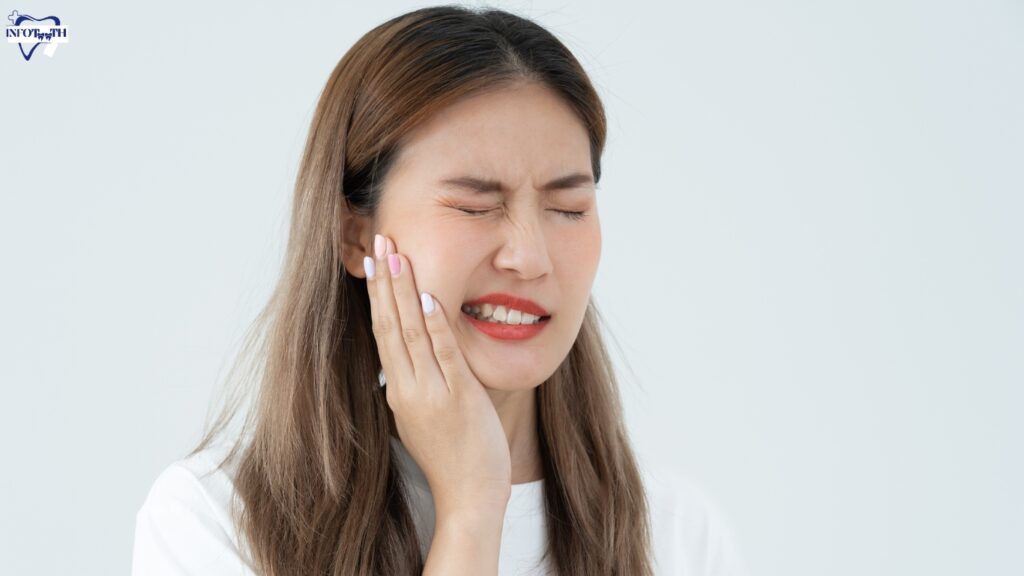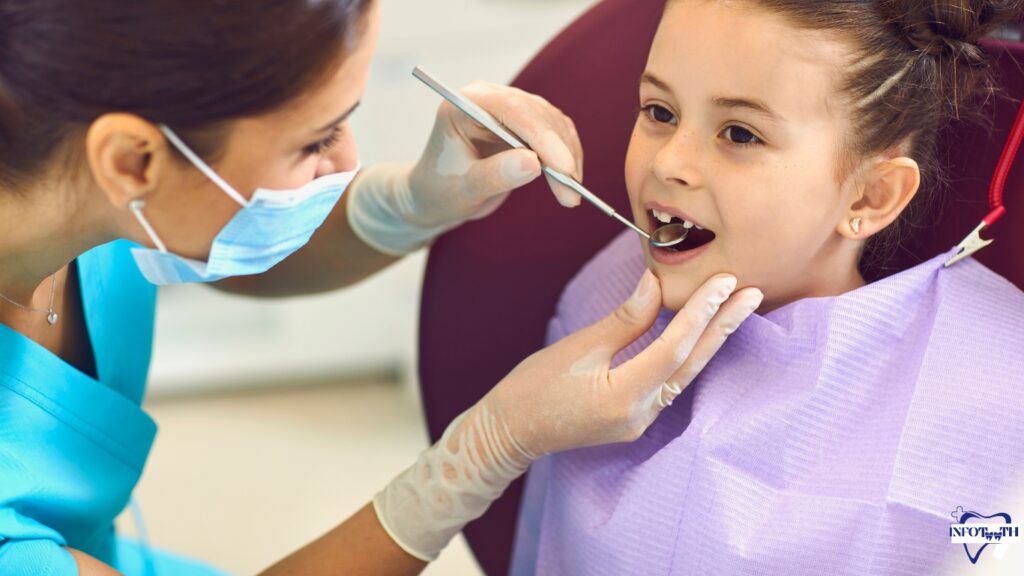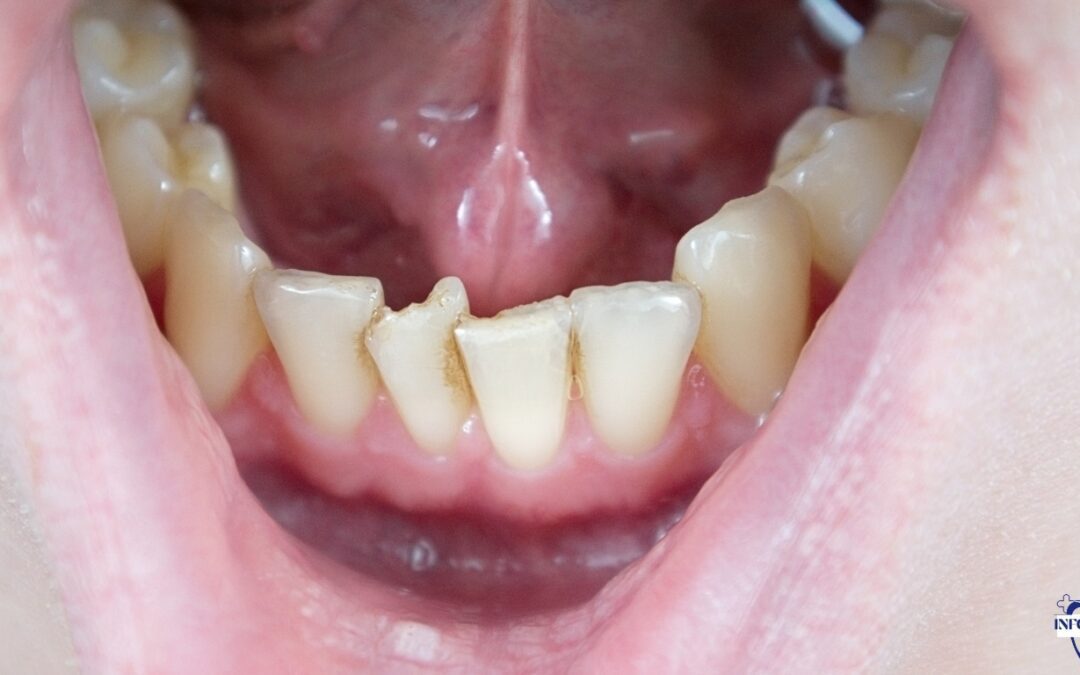The mobility of teeth, a common concern in dental health, refers to the abnormal movement or loosening of teeth within the gums. This blog explores the intricacies of mobility of teeth, delving into its causes, symptoms, and effective treatments. Understanding this condition is vital for maintaining optimal oral health, as neglecting the signs can lead to more severe dental issues.
Table of Contents
Join us on this journey to unravel the mysteries surrounding the mobility of teeth and empower yourself with knowledge for a healthier smile.
What Are The Signs And Symptoms Of Mobility Of Teeth?
The signs and symptoms associated with the mobility of teeth serve as crucial indicators of underlying dental issues. Recognizing these warning signals is essential for seeking timely intervention and preventing further complications.
Shifting of Teeth:
Shifting of teeth is a clear indicator of mobility of teeth, a condition marked by weakened tooth-supporting structures. Signs include noticeable movement, changes in bite alignment, and gaps. Symptoms may involve pain, gum inflammation, and increased tooth sensitivity. Timely dental intervention is crucial to prevent further complications and preserve oral health.
Gum Recession:
Gum recession serves as a crucial indicator of potential mobility of teeth. As gums recede, the tooth’s supporting structure weakens, leading to increased mobility of teeth. Signs include exposed tooth roots, sensitivity, and gaps between teeth. Timely intervention is crucial to address gum recession and prevent further complications like tooth instability.
Increased Tooth Sensitivity:
Increased tooth sensitivity can be a telltale sign of mobility of teeth. When teeth become loose or mobile, the protective layer of enamel may wear away, exposing sensitive dentin. This heightened sensitivity to hot, cold, or pressure stimuli is a common symptom, necessitating prompt dental evaluation to address potential underlying issues.

Changes in Bite:
Changes in bite, such as shifting or mobility of teeth, serve as vital signs indicating underlying dental issues. Increased tooth movement can signal periodontal problems, bone loss, or malocclusion. Monitoring these alterations in bite allows timely intervention, preventing further complications and preserving overall oral health.
These signs collectively point towards the potential presence of teeth mobility, and individuals experiencing any of these symptoms should promptly seek a professional dental evaluation. Early detection and intervention not only prevent the progression of teeth mobility but also contribute to better overall oral health.
What Are Tooth Mobility Causes?
To comprehend the causes of tooth mobility, it’s imperative to delve into the intricate factors contributing to this dental concern. The mobility of teeth, characterized by the abnormal movement or loosening of teeth within the gums, can be attributed to various underlying causes.
Periodontal Disease:
Periodontal disease, a common dental condition, leads to mobility of teeth due to the destruction of supporting structures like gums and bone. Plaque and tartar buildup contribute to inflammation, creating pockets between teeth and gums. As these pockets deepen, the connective tissues weaken, resulting in tooth mobility. Timely dental care, including professional cleanings and good oral hygiene practices, can prevent and manage periodontal disease, preserving tooth stability.
Trauma or Injury:
Trauma or injury to the mouth can lead to mobility of teeth, a condition where teeth become loose. The impact can damage the supporting structures like the periodontal ligament and surrounding bone, compromising tooth stability. Common causes include accidents, falls, or forceful impacts to the face. Timely intervention by a dentist is crucial to assess and address the extent of the damage, preventing further complications.
Genetics:
Genetics plays a significant role in tooth mobility, influencing factors such as bone density, tooth structure, and periodontal ligament integrity. Variations in genetic makeup can predispose individuals to conditions like hypermobility or reduced bone support, impacting tooth stability. Understanding these genetic factors is crucial in addressing and preventing tooth mobility, guiding personalized dental care for optimal oral health and stability.
Poor Oral Hygiene:
Neglecting oral hygiene practices, such as irregular brushing and flossing, can contribute to the development of periodontal disease. The accumulation of plaque and tartar can lead to gum inflammation, eventually causing teeth to become mobile.
Bruxism:
Teeth grinding, known as bruxism, is another factor linked to tooth mobility. The excessive and prolonged pressure exerted on the teeth during grinding can wear down the enamel and compromise the stability of the teeth within the jawbone.

Understanding these causes is crucial for early detection and intervention, emphasizing the importance of maintaining good oral hygiene and seeking professional dental care to prevent and address tooth mobility effectively.
What Are Tooth Mobility Classification
Mobility of teeth is a significant aspect of dental health, and its classification plays a crucial role in understanding and addressing this condition. The classification of tooth mobility is a systematic way of categorizing the degree of movement or looseness exhibited by a tooth. It serves as a guide for dental professionals to determine the severity of the issue and tailor appropriate treatment plans. The most commonly used classification system for tooth mobility is the Miller Index, which categorizes tooth mobility into three main classes:
Class I:
In this classification, teeth refers to a mild degree of tooth movement where the affected tooth exhibits slight mobility but is not visibly displaced. This classification is indicative of periodontal ligament damage, typically caused by mild inflammation or early-stage gum disease. While Class I mobility may not cause significant functional or aesthetic issues, timely intervention through proper oral hygiene practices and professional dental care is crucial to prevent progression to more severe mobility classes.
Class II:
Class II mobility of teeth refers to a dental condition where there is horizontal mobility or displacement of a tooth in a buccolingual direction. This classification is based on the Miller’s mobility index, which categorizes tooth mobility into three classes. Class II mobility indicates a moderate degree of tooth movement and is often associated with periodontal ligament damage. Timely intervention and proper periodontal treatment are crucial to address Class II mobility and prevent further complications in oral health.
Class III:
Class III mobility of teeth refers to a moderate to severe level of tooth movement, indicating significant periodontal ligament damage. This classification in periodontology signifies noticeable horizontal and vertical displacement. Class III mobility is often associated with advanced periodontal disease, where the supporting structures of the tooth are compromised. Treatment involves addressing the underlying periodontal condition, which may include scaling and root planning, periodontal surgery, and supportive periodontal therapy to stabilize the tooth and prevent further mobility.
Understanding the classification of tooth mobility allows dental professionals to determine the appropriate course of action, whether it be non-surgical interventions for milder cases or more invasive treatments for advanced mobility. Regular dental check-ups and prompt diagnosis are essential in managing tooth mobility effectively.
What Is Tooth Mobility Treatment?
Mobility of teeth, characterized by the unsettling movement of teeth within the gums, necessitates prompt and effective treatment to prevent further complications and restore dental stability. The treatment approach for tooth mobility varies based on the underlying causes and severity of the condition.
For cases associated with periodontal disease, a common contributor to tooth mobility, non-surgical interventions like scaling and root planning are often recommended. This meticulous cleaning procedure removes plaque and tartar from the tooth surfaces and the root surfaces, addressing bacterial infection and promoting gum health. The goal is to halt the progression of periodontal disease and minimize the impact on tooth stability.

Orthodontic interventions play a crucial role in addressing misalignments and bite issues contributing to tooth mobility. Braces or other orthodontic appliances may be prescribed to gradually move teeth into their proper positions, enhancing overall alignment and stability.
In more advanced cases, where teeth mobility is a result of trauma or injury, surgical procedures may be required. These can include bone grafts, gum grafts, or even tooth extraction in extreme cases. Surgical interventions aim to repair or replace damaged structures, providing the necessary support for teeth.
Additionally, for individuals experiencing teeth mobility due to habits like bruxism (teeth grinding), custom-fitted splints or mouthguards may be recommended. These devices help alleviate pressure on the teeth, preventing further damage and promoting stability.
Conclusion
In conclusion, the mobility of teeth is a serious dental concern that requires attention and proactive management. Understanding its causes, recognizing the signs, and seeking professional help promptly are crucial steps in preserving oral health. By adopting preventive measures, maintaining good oral hygiene, and exploring appropriate treatments, individuals can overcome teeth mobility challenges. Remember, your dentist is your ally in ensuring a confident smile and a healthy set of teeth for years to come.
FAQs
Q: Is teeth mobility a common issue, and who is most susceptible to experiencing it?
A: Teeth mobility can affect individuals of all ages, and while it is more prevalent in older adults, it can also be observed in younger individuals due to various factors.
Q: Can teeth mobility lead to permanent tooth loss?
A: While untreated teeth mobility can potentially lead to tooth loss, prompt intervention, and proper dental care often prevent such outcomes, emphasizing the importance of early detection and treatment.
Q: Are there lifestyle changes that can help prevent or reduce the risk of tooth mobility?
A: Yes, adopting a healthy lifestyle, including a balanced diet, avoiding detrimental habits like smoking or excessive alcohol consumption, and maintaining good oral hygiene practices can significantly contribute to preventing or reducing the risk of teeth mobility.
Q: How often should one visit the dentist to monitor and address teeth mobility concerns?
A: Regular dental check-ups are crucial for the early detection of tooth mobility issues. Individuals are generally advised to visit their dentist at least twice a year or more frequently if recommended by their dental professional.
Q: Can orthodontic treatments, such as braces, help correct tooth mobility?
A: Yes, orthodontic interventions, including braces, may be recommended to correct misalignments contributing to teeth mobility. They can help stabilize the teeth and improve overall oral health.

